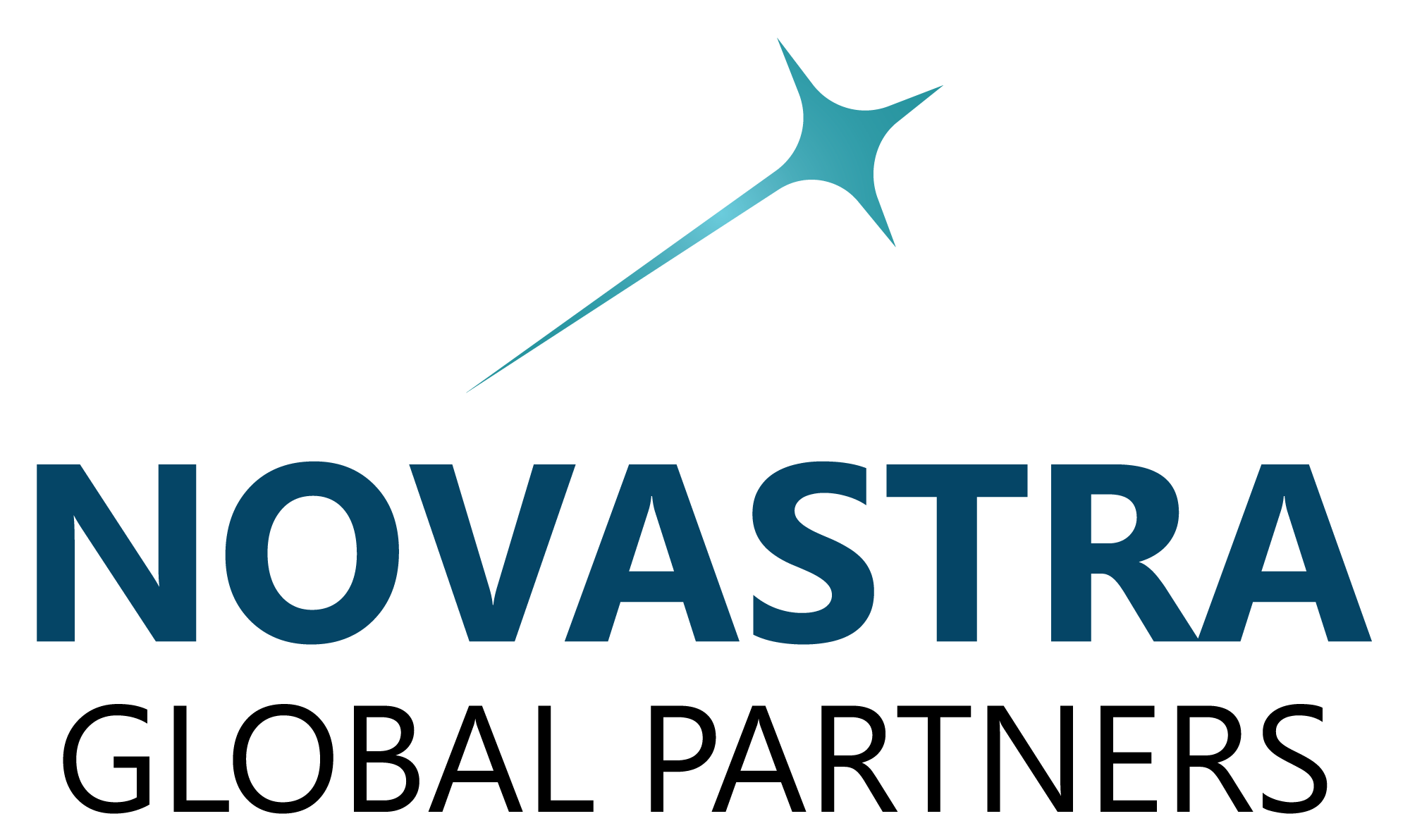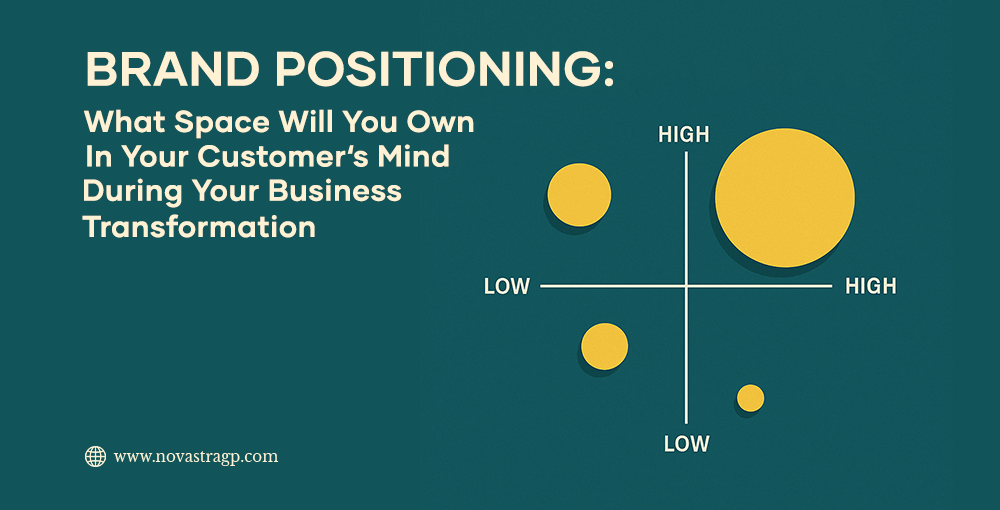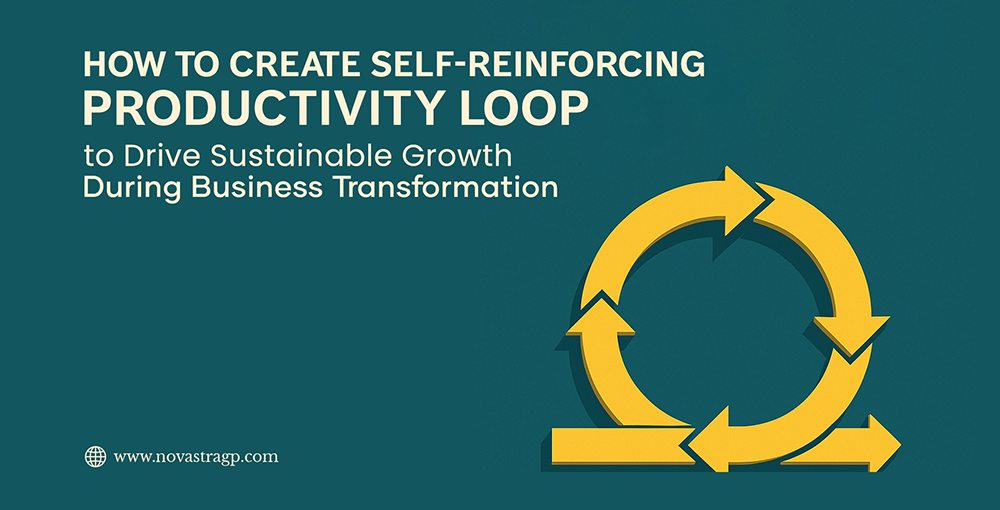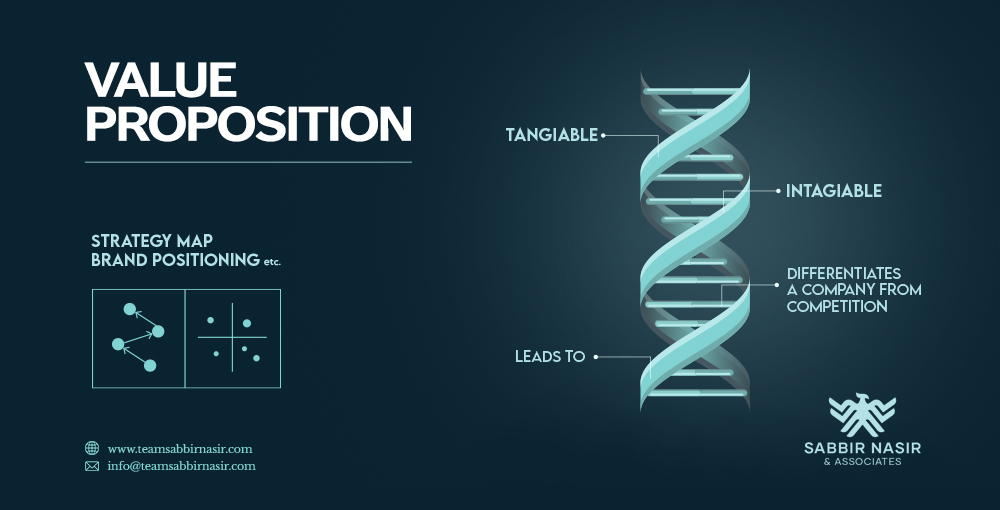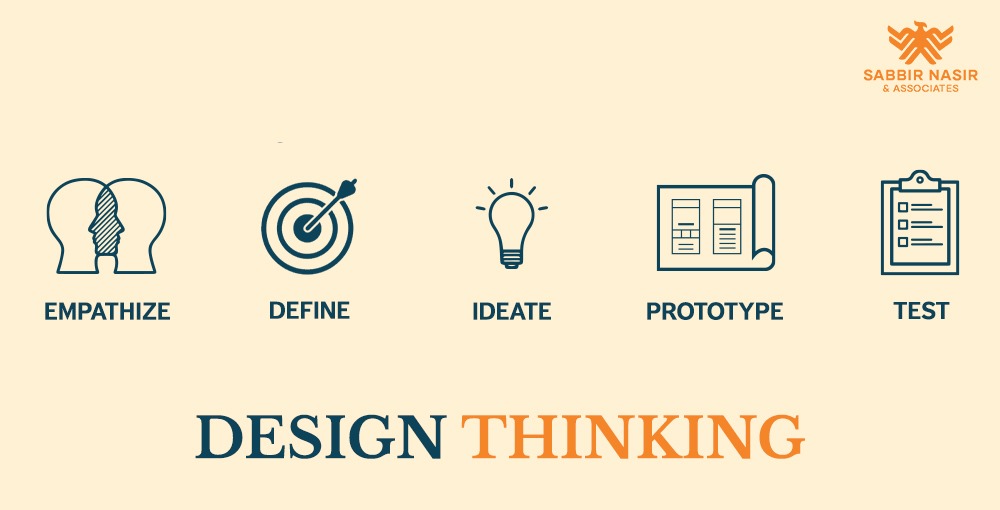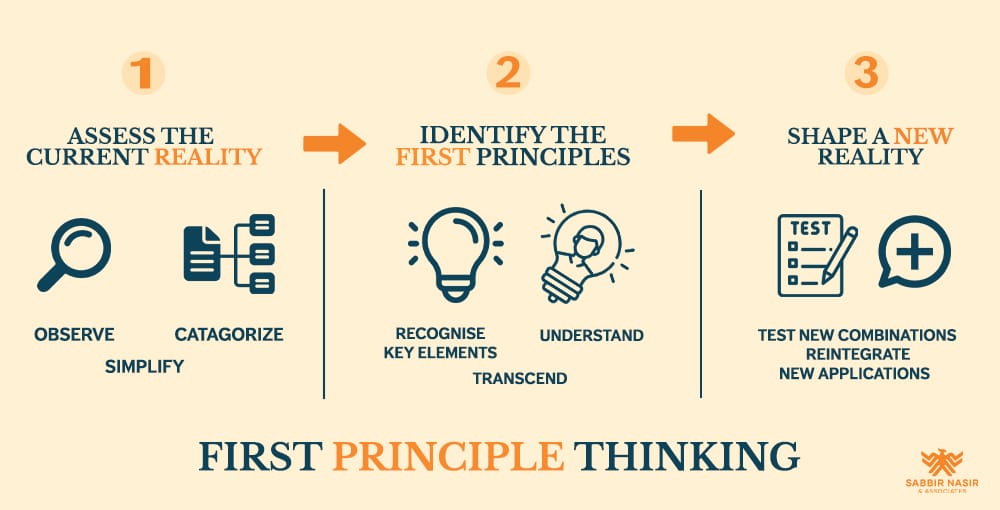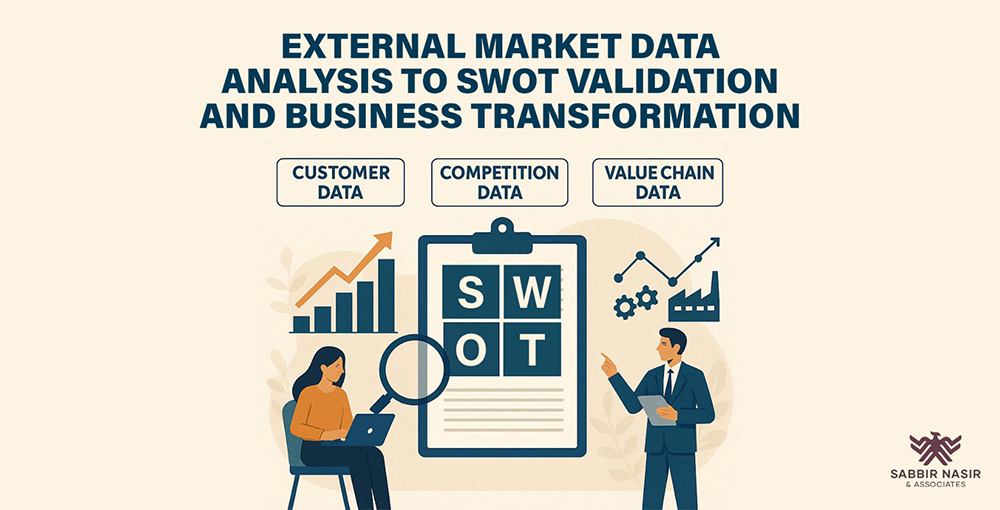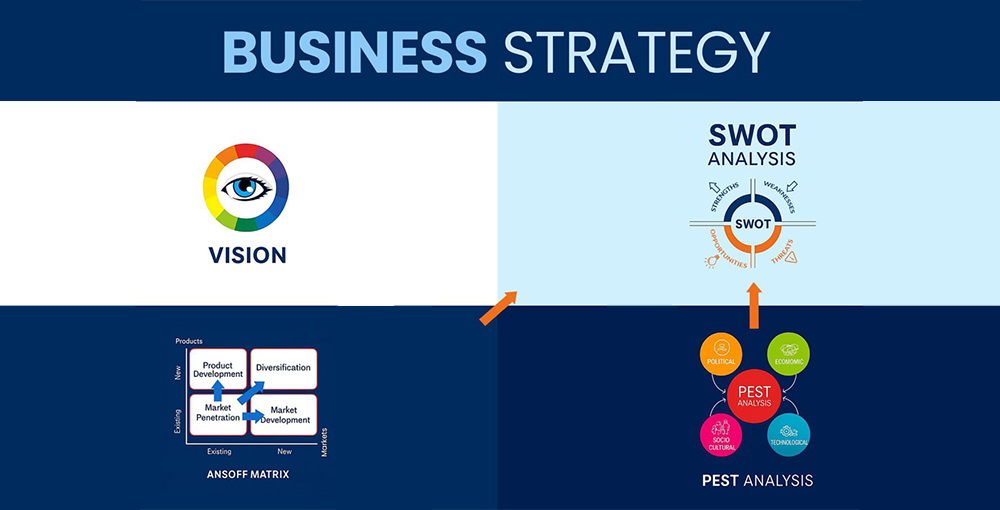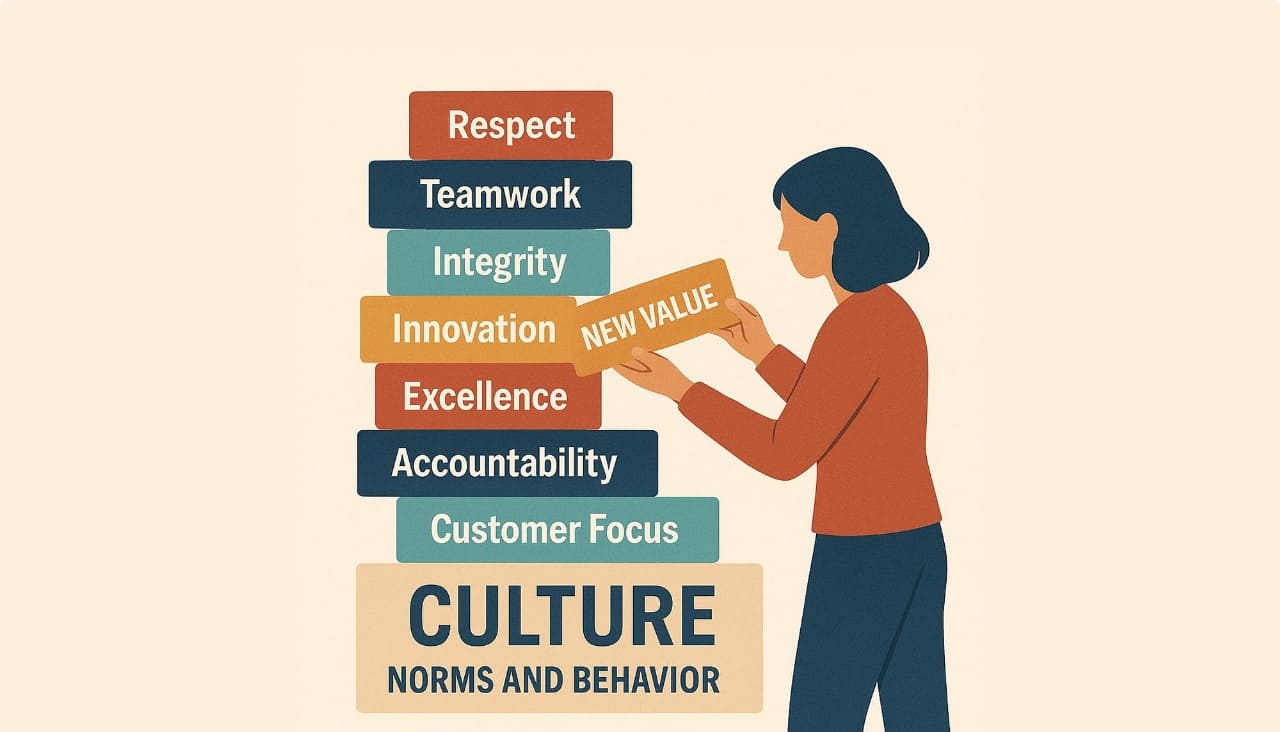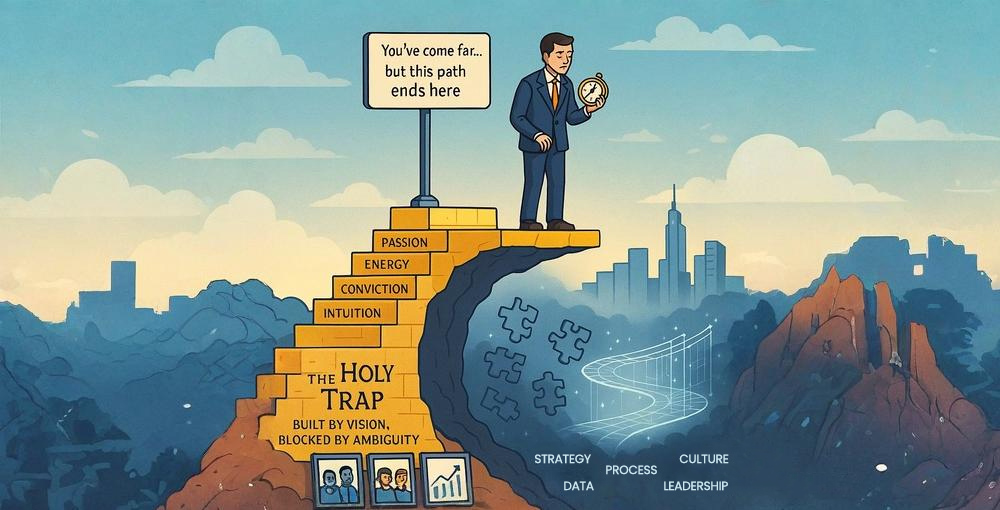3 Keys to Validating SWOT Analysis with Reliable, Actionable Data
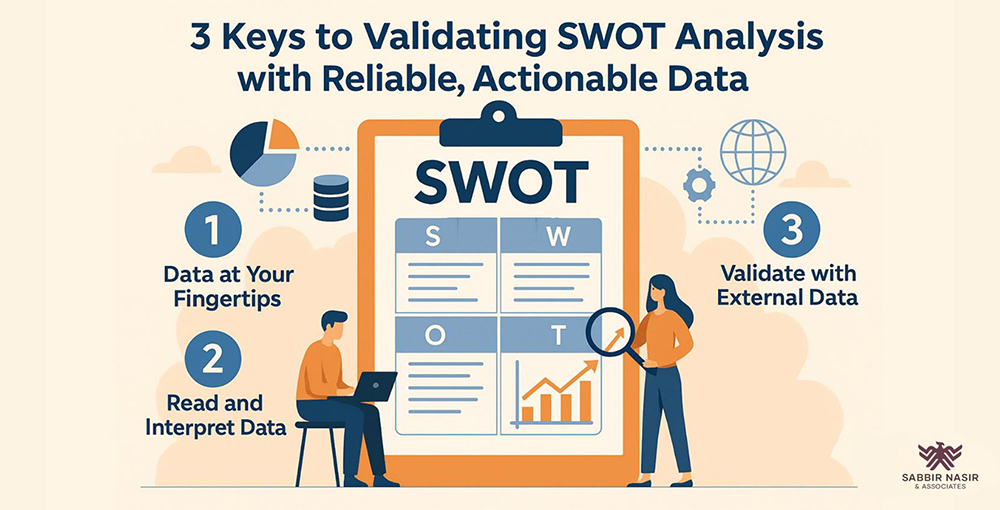
Summary: Our innovative model for articulating SWOT is a foundational piece of the Sabbir Nasir Transformation Framework. To maximize its value, SWOT should be validated with evidence. In this article, we discuss the importance of having data at your fingertips, training a team to read and interpret data, and integrating internal and external data to validate assumptions.
In a previous article, I explained our unique approach to articulating strengths, weaknesses, opportunities, and threats (SWOT) through the Sabbir Nasir Transformation Framework (SNTF).
With far more depth and value than the average SWOT analysis, our process identifies opportunities based on your freshly articulated vision. We replace simplistic bullet points with deeper narratives that engage stakeholders, and we apply the Ansoff Matrix to connect these narratives and plot growth strategies.
More than a list, SWOT should represent your values, dreams, and aspirations that drove you to start your business in the first place. However, dreams are not enough.
A critical next step is the validation of your SWOT with facts and data. SWOT analysis is usually driven by intuition and experience, both of which are important, but supporting evidence is needed to enable business transformation.
There are four core data building blocks when formulating your growth strategy –internal company data, customer data, competition data, and value chain data. In this article, we’ll focus on your internal data. Companies seeking business transformation must be able to:
· Make internal data accessible through the right ERP system.
· Train a team to read and interpret internal data and generate actionable insights.
· Validate SWOT against external market data and internal data.
1) Is Your Internal Data at Your Fingertips?
Most companies between $1 million and $10 million in size are either not capturing internal data properly, or their data is fragmented and not easily accessible to the founder or CEO.
Perhaps the company doesn’t have an enterprise resource planning (ERP) system, or they’re not comfortable with the ERP system they have because their requirements are so specific.
Instead of using an established ERP like SAP or Oracle, some companies will create their own custom ERP system from scratch through their internal IT team or an outside provider. They plan to start small and eventually graduate to something bigger.
Regardless of whether you build or buy, your ERP system must be robust, secure, and scalable. Plug-and-play business intelligence (BI) and data mining tools may also be used to capture data. We recommend developing a comprehensive data system from the early stages of your business that captures your vision and aligns with your strategy.
Our team can help you develop and/or implement a robust ERP system. While this is not a requirement to work with Novastra Global Partners, the Articulate phase of the SNTF will provide us with a deep understanding of your vision, while will enable us to implement an ERP system and data architecture that support who you are and what you want to achieve.
Most importantly, your internal data will be fully integrated and at your fingertips.
2) Are You Able to Read and Interpret Your Internal Data?
I’ve found that many companies hire data analysts or data scientists but still cannot interpret their data. The models and graphics don’t capture the data or connect data with strategy in a way that generates actionable insights and drives decision making.
In this situation, our role is both a trainer and a translator. We can train your team to see through the data. Seeing through the data is not only technical and strategic, but also informed by our knowledge of your company’s history and vision. This allows us to mine data deeply and connect the dots between numbers, relevant insights, and human values.
3) Can You Validate SWOT with External Data?
Throughout the process of articulating SWOT, you envisioned opportunities. You felt your strengths. But without data-driven validation, opportunities and strengths are just wishful thinking, and SWOT isn’t usable. This requires analysis of external market data – customer data, competition data, and value chain data.
For example, are your opportunities focused on new products or new markets? Do you have adequate consumer insights and market data to validate those opportunities? Do you have enough business intelligence to track your competitors? Have you evaluated the value chain to see where you stand, and where your competition stands?
Part of our role in this process is to provide a reality check. We can help you either validate or invalidate your assumptions based on hard data.
Most companies can sense that they’re suffering from data inadequacy. Just like you need clarity in vision and values, you need clarity in your data. We can show you how to collect data, read data strategically, and integrate data to produce meaningful insights that make business transformation possible.
In the next article, we’ll discuss how to collect and manage external market data to validate your SWOT analysis and drive your business transformation strategy.
